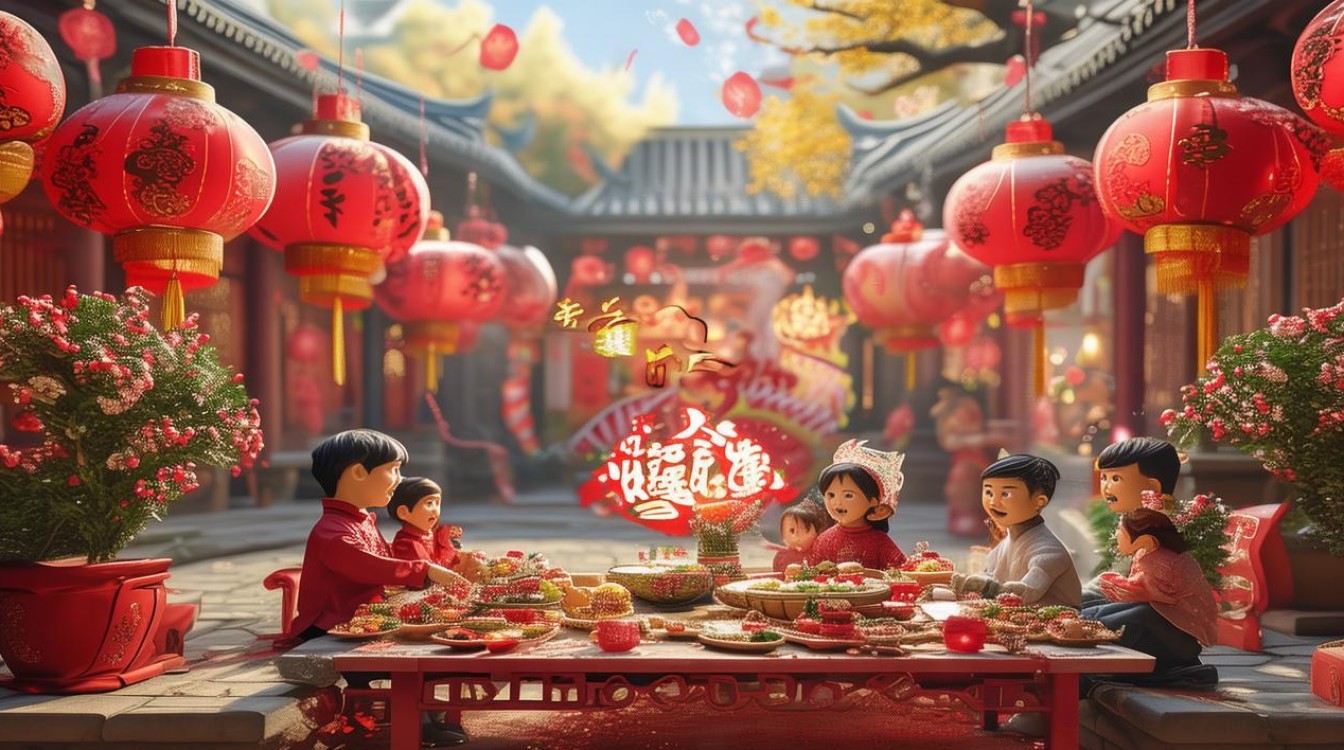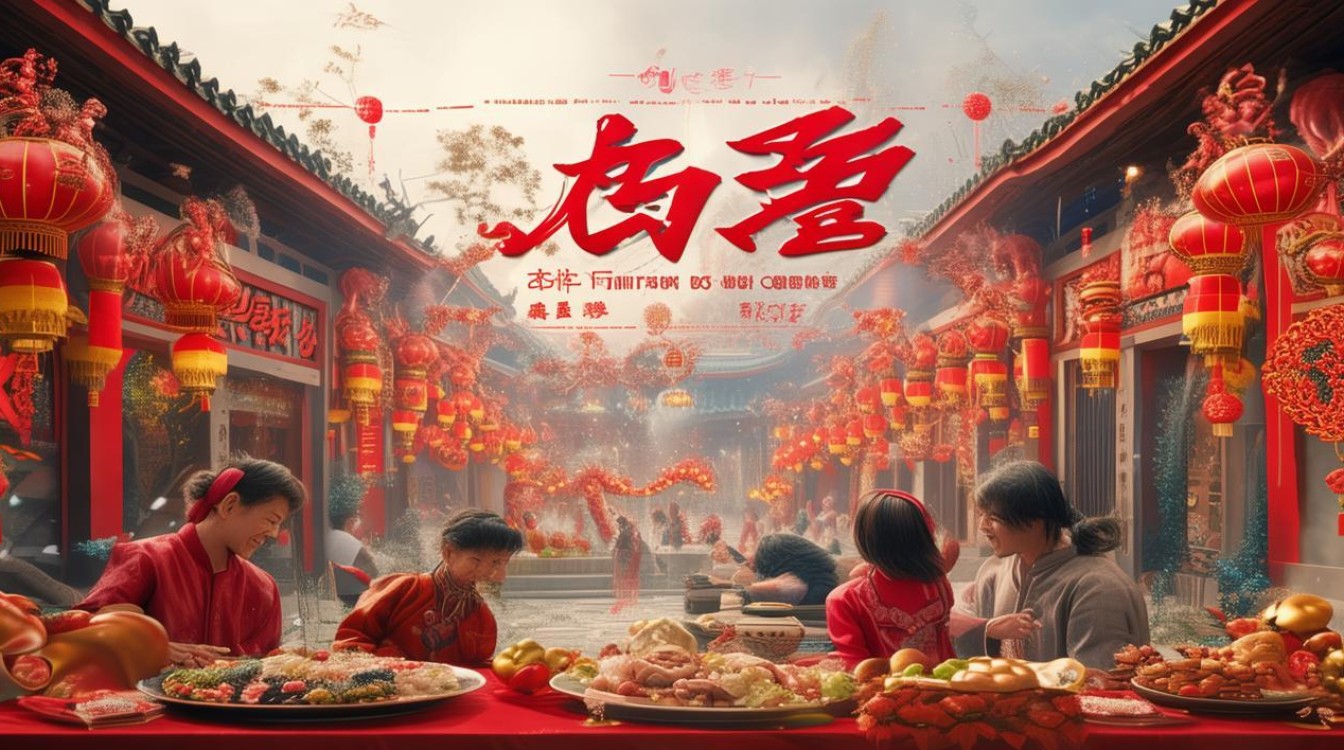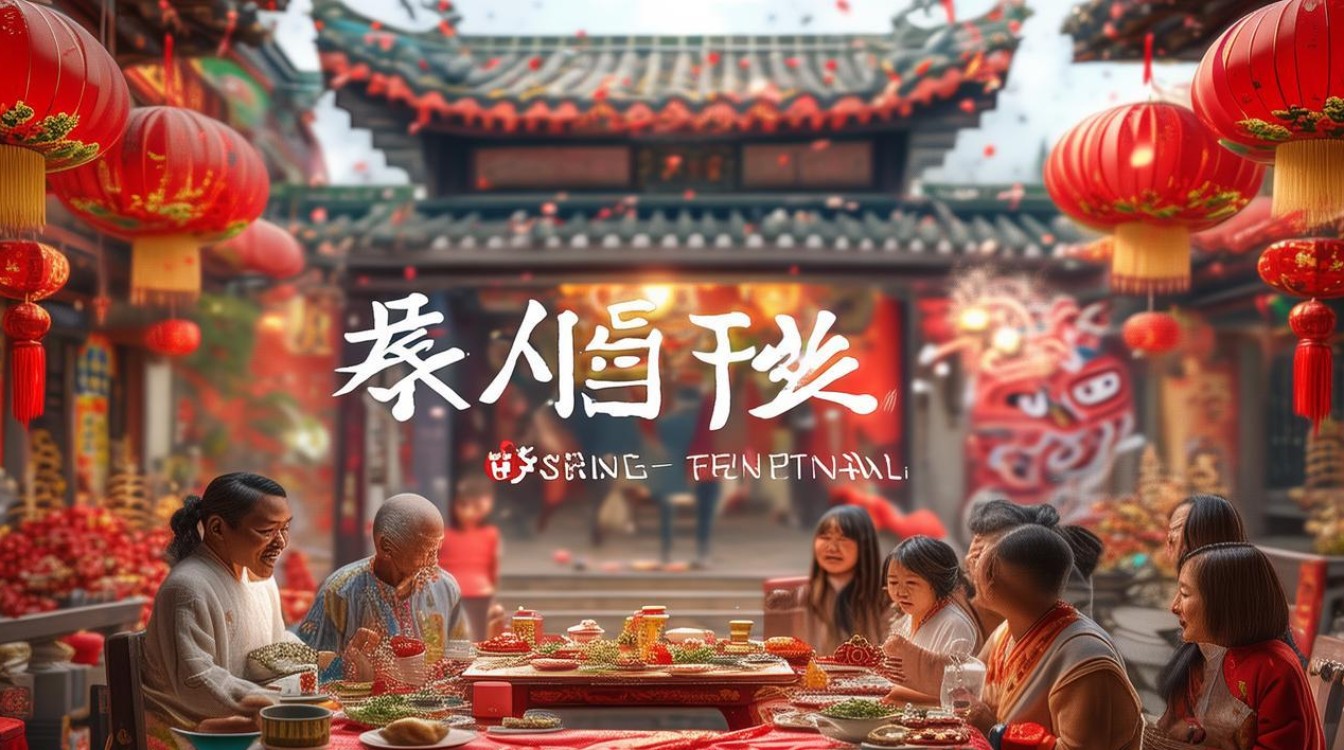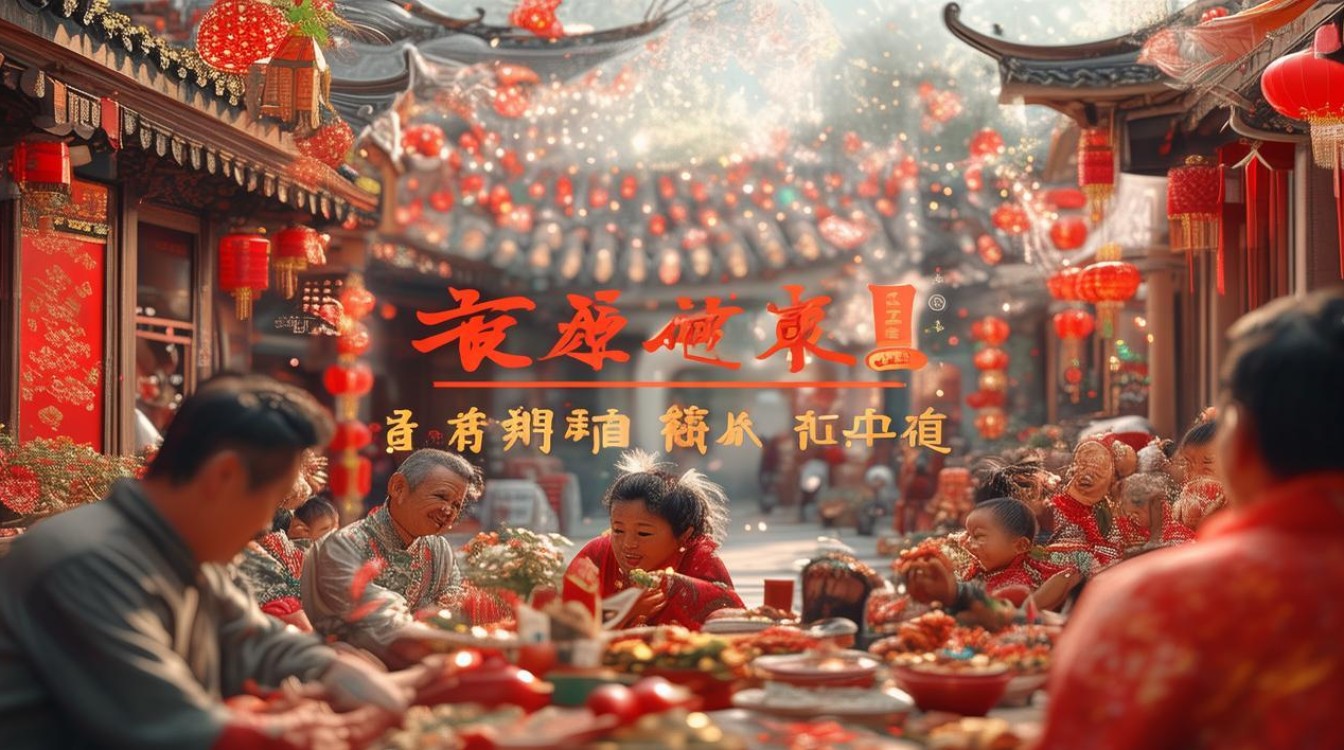The Spring Festival, known as Chinese New Year, stands as the most significant celebration in China. It marks the beginning of the lunar new year and embodies deep cultural values, traditions, and family bonds. Beyond its festive atmosphere, the holiday carries profound symbolism that reflects Chinese heritage, philosophy, and social customs.

The Lunar Calendar and Renewal
Unlike the Gregorian calendar, the Chinese New Year follows the lunar cycle, emphasizing harmony with nature. The festival typically falls between late January and mid-February, aligning with the end of winter and the arrival of spring. This timing symbolizes rebirth and renewal, mirroring agricultural traditions where farmers prepared for a new planting season.
The concept of renewal extends beyond agriculture. Families thoroughly clean their homes before the New Year, sweeping away bad luck to welcome prosperity. Red decorations, representing joy and fortune, adorn doors and windows. The act of starting fresh resonates deeply, reinforcing the idea of leaving past hardships behind and embracing hope.
Family Reunion and Ancestral Respect
At its core, the Spring Festival is a time for family. Millions of people travel across the country—sometimes enduring long journeys—to reunite with loved ones. This mass migration, known as Chunyun, highlights the cultural emphasis on filial piety and togetherness.
The reunion dinner on New Year’s Eve is the most important meal of the year. Dishes like fish (symbolizing abundance), dumplings (resembling ancient currency), and glutinous rice cakes (representing progress) carry auspicious meanings. Elders distribute red envelopes (hongbao) filled with money to children, passing on blessings for health and success.

Ancestral worship also plays a role. Many families honor deceased relatives by offering food, burning incense, or visiting graves. This practice bridges generations, reminding people of their roots and the continuity of family legacy.
Cultural Symbols and Traditions
Several iconic elements define the Spring Festival, each with historical and cultural significance:
- Red Decorations: Red dominates the festival, from lanterns to couplets. In Chinese culture, red wards off evil spirits and attracts good fortune. Phrases like "Fu" (福, blessing) are pasted upside-down, symbolizing the arrival of happiness.
- Firecrackers and Lion Dances: Loud firecrackers were originally used to scare away the mythical beast Nian. Today, the tradition continues alongside vibrant lion dances, believed to bring luck and drive away negativity.
- Zodiac Animals: Each year corresponds to an animal in the Chinese zodiac, rotating in a 12-year cycle. The zodiac influences personality traits and fortune predictions, adding a layer of cultural storytelling.
Modern Adaptations and Global Influence
While rooted in tradition, the Spring Festival evolves with modern life. Urban celebrations blend old customs with new trends:
- Digital Red Envelopes: Mobile apps like WeChat allow users to send virtual hongbao, making the tradition accessible even across distances.
- Television Galas: The CCTV New Year’s Gala, watched by millions, features skits, songs, and dances, becoming a staple of modern celebrations.
- Global Recognition: Cities worldwide now host Spring Festival parades, with landmarks like the Sydney Opera House lit in red. This global presence showcases China’s cultural soft power.
Despite these changes, the essence remains unchanged—family, hope, and cultural pride.

Philosophical and Social Meanings
The Spring Festival is more than a holiday; it reflects Confucian values of harmony, respect, and gratitude. The emphasis on family mirrors the Confucian ideal of a stable, hierarchical society where each member has a role. Meanwhile, Taoist influences appear in the balance between humans and nature, as seen in the lunar calendar’s connection to seasons.
Socially, the festival reinforces community bonds. Neighbors exchange gifts, businesses close for rest, and strangers greet each other with "Xin Nian Kuai Le" (Happy New Year). In a fast-paced world, this collective pause fosters unity and reflection.
Personal Perspective
The Spring Festival is a living tradition, adapting yet preserving its soul. It reminds us of the power of cultural identity—how rituals passed down for millennia still shape lives today. Whether through a grandmother’s dumplings or a child’s excitement over fireworks, the festival weaves individual stories into a shared heritage. In an era of globalization, such traditions anchor communities, offering warmth in the coldest season.
As the world becomes more interconnected, the Spring Festival stands as a testament to resilience, joy, and the timeless human need for connection. Its symbols—red lanterns, zodiac animals, family gatherings—are not just customs but threads in the fabric of Chinese civilization. To experience the Spring Festival is to witness history, culture, and humanity in celebration.


